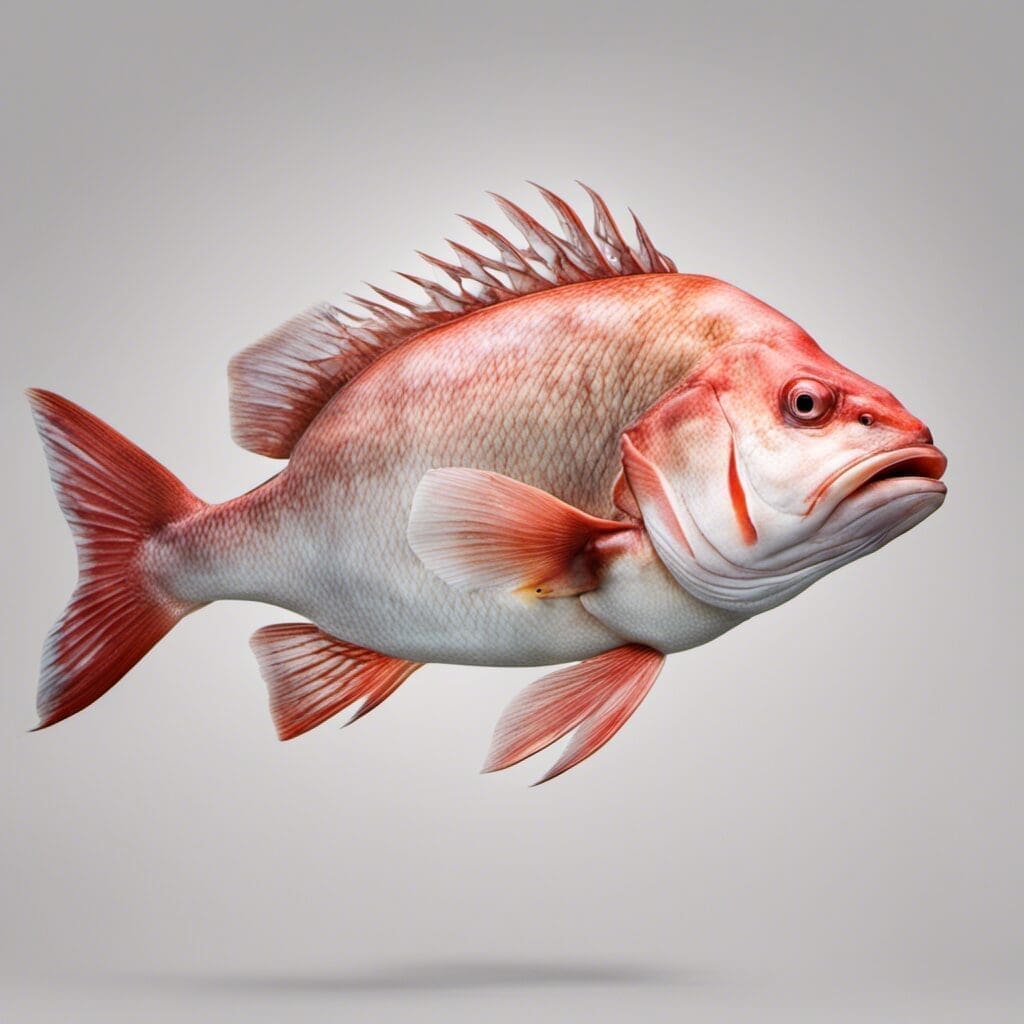Introduction
- Species Name: Bohar Snapper
- Family Name: Lutjanidae
Conservation Status
| Current Status | Conservation Efforts |
|---|---|
| Near Threatened | Regulated fishing and habitat protection |
Statistics
| Average | Range | |
|---|---|---|
| Length | 80 cm | 30 – 120 cm |
| Weight | 8 kg | 2 – 15 kg |
| Average Lifespan | 8 – 10 years |
Distribution
- Regions/Countries: Pacific Ocean, especially around Australia, Japan, and The Philippines.
- Migration patterns: No known regular migration patterns.
Habitats
- Water type: Saltwater
- Depth range: 0 – 60 meters
- Temperature range: 22 – 28 °C
When and Where to See
- Seasonal patterns: Spring and early summer
- Time of day: Early morning and late evening
Best Fishing Locations
- The Great Barrier Reef, Australia
- Davao Gulf, Philippines
- Ishigaki Island, Japan
- Andaman Sea, Thailand
- South China Sea, Philippines
General Tips
Look for these snappers around reefs and rocky structures, especially where there are strong currents.
How to Catch
- Preferred bait or lures: Shrimp, squid, and small fish
- Fishing techniques: Bottom fishing, drift fishing, and popping
- Best time of day or season for fishing: Early morning or late evening; Spring and summer are the best seasons
Identification Guide
- Physical characteristics: Silver body with a blue line below the eye, a prominent upper jaw, and large, sharp, canine teeth
- Comparison with similar species: Bohar snappers are often mistaken for red bass, but the latter tend to be redder in color and have smaller eyes
Culinary Usage
How to Cook
Bohar snapper can be grilled, fried, or used in soups. The flesh is tender and the flavor is mild.
Taste Profile
The taste of bohar snapper is fresh and mild, with a delicate texture.
Nutritional Information
This fish is high in protein and offers a good supply of Omega-3 fatty acids, vitamins A, B, and D, as well as several minerals, including calcium and zinc.
Recipes
Bohar snapper can be used in a variety of recipes, from traditional fish dishes to exotic Asian cuisines.
Additional Information
Behavior
Feeding habits: Bohar snappers are carnivorous and usually feed on smaller fish, squid and crustaceans. They are aggressive feeders and will compete for food.
Mating rituals: Bohar snappers are known to spawn in mass synchrony with the lunar cycle.
Predators and Threats
The main predators of Bohar snappers include larger fish, sharks, and humans. Overfishing and habitat destruction represent significant threats to the species.
Cultural/ Historical Significance
Bohar snapper hold cultural significance in various Pacific Island communities, where they are essential in traditional fishing practices and cuisines.
References and Further Reading
For more detailed information, refer to species-specific guides, scientific literature, and dedicated ocean conservation websites. Always remember to contribute to conservation efforts and practice sustainable fishing methods.

